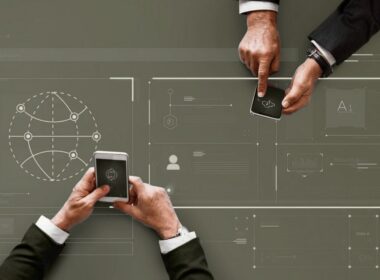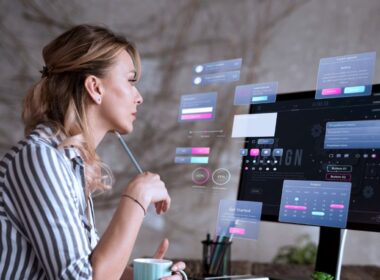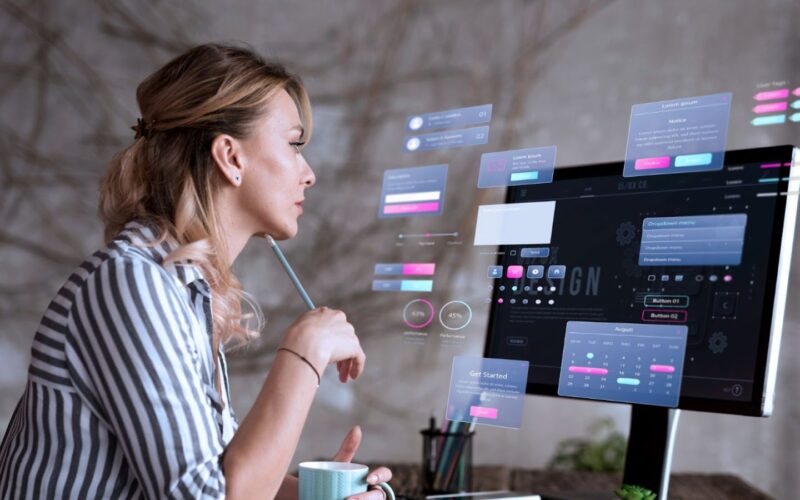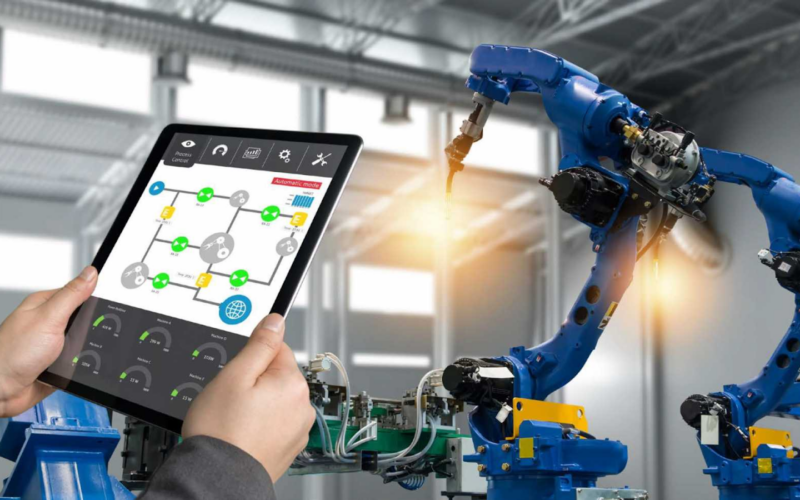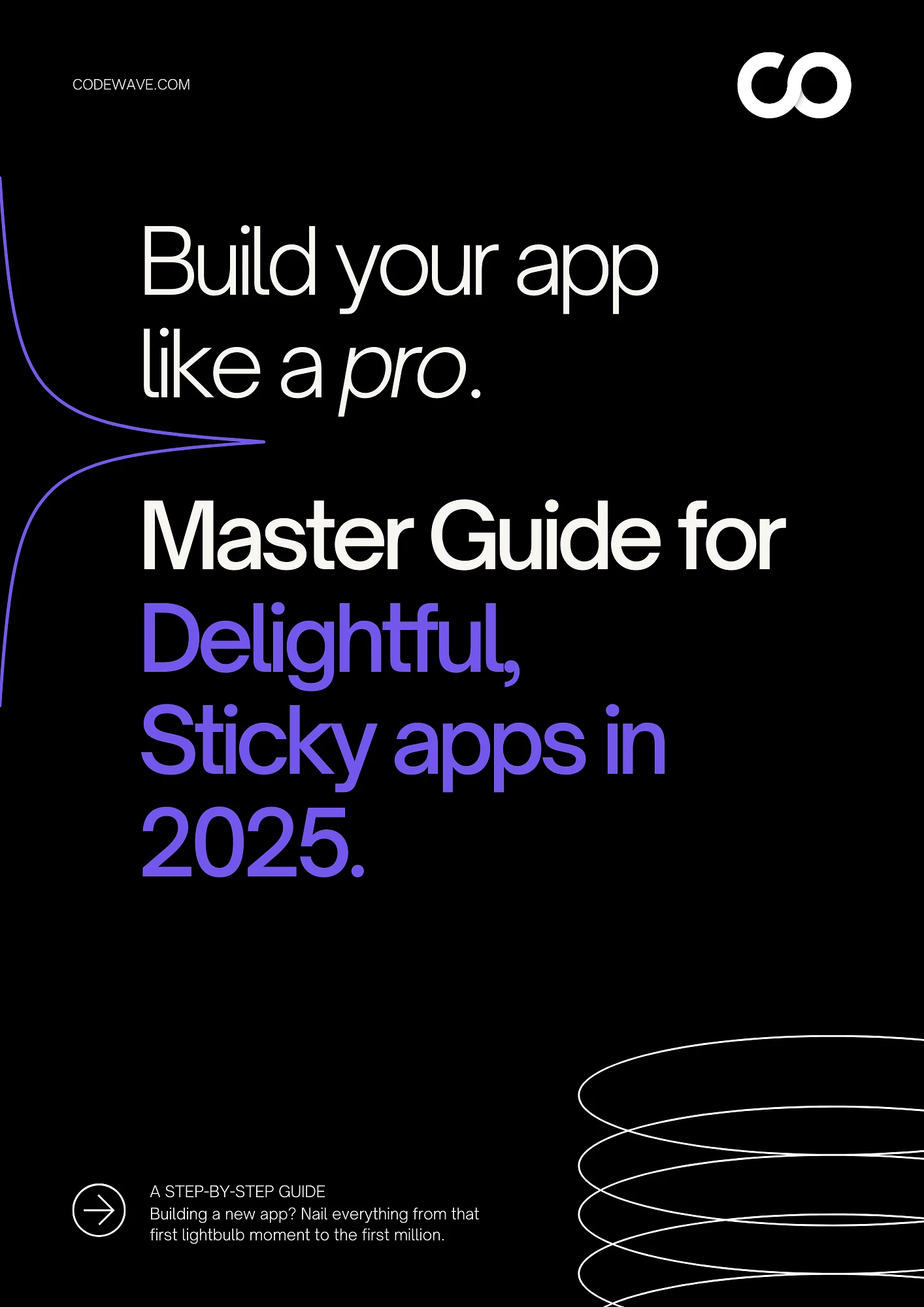When I first started my UX/UI journey, my sole focus was to create pretty interfaces that were also user-friendly. I concentrated on the basics—Navigation, Visual Hierarchy, Typography—and making sure screens looked clean and simple.
But as I work on real projects, I see the strong influence of AI. It’s no longer just a feature; AI is becoming a central part of User Experience Design itself. And as a designer, this shift is changing the way I think about my work.
Adaptive UX – No Fixed Paths
With AI, user journeys aren’t predictable anymore. For example, in an urban gardening app, one person might see “water your plants today,” while another sees “skip watering” because it rained yesterday. Designing for this requires flexible, dynamic interfaces powered by Artificial Intelligence Services.
The image shows that the best technology doesn’t just show you data it guides you to success by making smart decisions simple and approachable. This is what we mean by Digital Transformation—using technology to make your tasks easier and better.
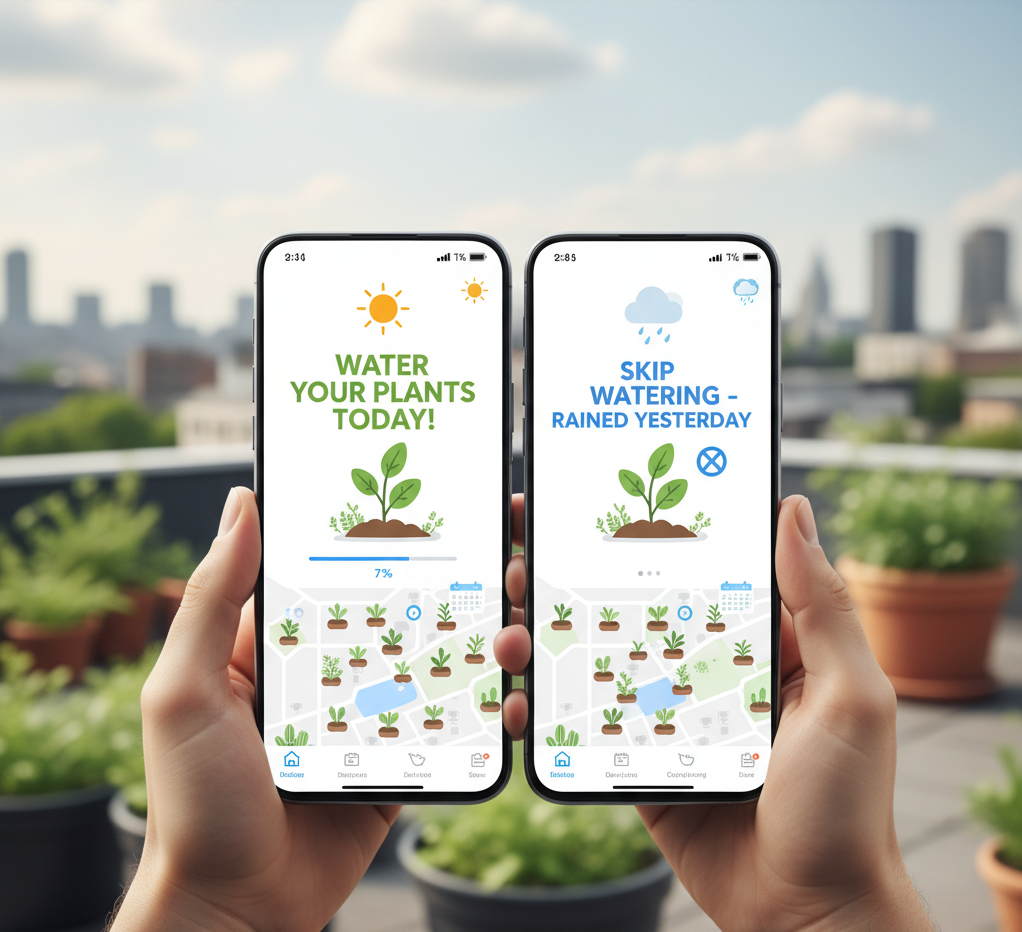
Left Screen: “The Focused Alert”
- Goal: Keeps you informed without being overwhelmed.
- AI’s Job: Checks all data (weather, soil, bugs) in the background.
- What You Get: Only the top 2-3 most important alerts for the day.
- Example: “Check for aphids” (Urgent Action!)
- Example: “20% chance of rain tomorrow” (Quick Heads-Up!)
- Key Benefit: You get simple tips first, with an option to “EXPLORE FULL REPORT” if you want details.
Right Screen: “The Clear Instruction”
- Goal: Tell you exactly what to do to get great results.
- AI’s Job: Analyzes complex data (like soil nutrients) and figures out the solution.
- What You Get: A direct, actionable command and a confidence score.
- Example: “OPTIMIZE SOIL NUTRIENTS TODAY“
- Instruction: “Add compost to boost Your tomatoes will thrive.”
- Key Benefit: The AI handles the complicated science (like pH levels) and tells you the simple task to complete.
Designing for Guidance, Not Overload
AI can generate rich insights—soil reports, weather predictions, plant health scores. But too much at once feels like noise. The best approach is to guide users with simple, prioritized messages, and allow them to explore deeper if they choose. This principle sits at the heart of Digital Transformation initiatives.
The image shows how a great AI app shares lots of smart info without confusing you. It focuses on guided messages and lets you dig deeper if you want.
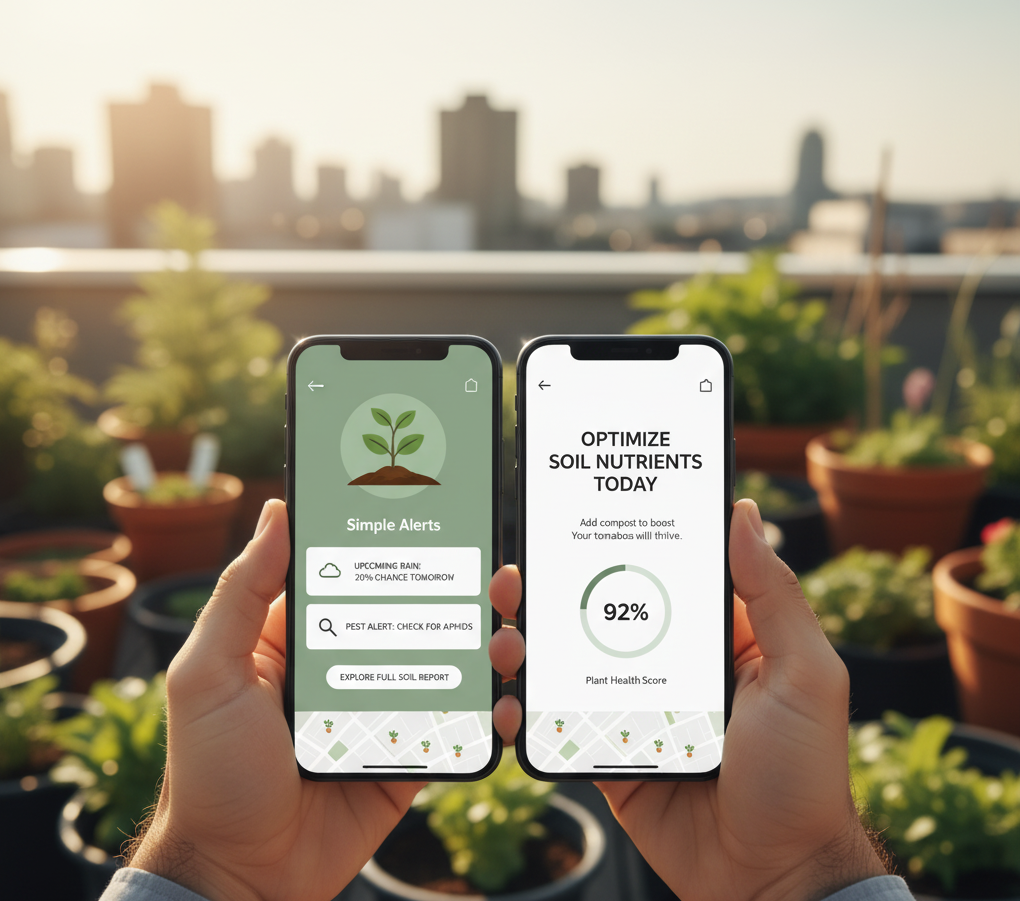
Left Screen: “Quick & Simple Alerts”
- AI’s Power: It gathers tons of data (soil, weather, plant health scores).
- What You See: Only the most important, easy-to-understand messages.
- Example: “Upcoming Rain: 20% Chance Tomorrow” (Just a heads-up!)
- Example: “Pest Alert: Check for Aphids” (Action needed soon!)
- Your Choice: You get key info upfront, but can “EXPLORE FULL SOIL REPORT” if you’re curious for more details.
- Benefit: No “information overload” – just what you need to know now.
Right Screen: “Clear, Actionable Advice”
- AI’s Skill: It takes complex reports (like soil analysis) and turns them into direct advice.
- What You See: A clear instruction for a specific goal, often with a score.
- Example: “OPTIMIZE SOIL NUTRIENTS TODAY“
- Instruction: “Add compost to boost Your tomatoes will thrive.”
- Result: Shows a “92% Plant Health Score” – tells you how well you’re doing!
- Benefit: You don’t have to read complicated reports; the AI tells you the best next step to improve your plants.
Humanizing the Experience
AI often feels robotic, but design can make it approachable. Warm tone, friendly visuals, and relatable language help people trust and adopt it. Human-centered approaches like Design Thinking ensure technology feels empowering rather than intimidating.
What I’ve Learned So Far
AI is reshaping how I think about UX.
Some takeaways:
- Flows aren’t linear anymore—designs must adapt.
- Small, actionable steps keep users engaged.
- Timing of insights is as important as the insights themselves.
- Tone and visuals humanize AI interactions.
This is an ongoing journey, but one thing is clear: AI is shaping the future of UX. It’s not about replacing what we know—it’s about evolving how we design so people feel confident, comfortable, and in control when engaging with intelligent systems.

Designation: UX/UI Designer,
Bio: Fashion Designer turned UX/UI Designer at Codewave Technologies. Driven by curiosity, collaboration, and continuous improvement. Believes great design should feel effortless, intuitive, and deeply human.


